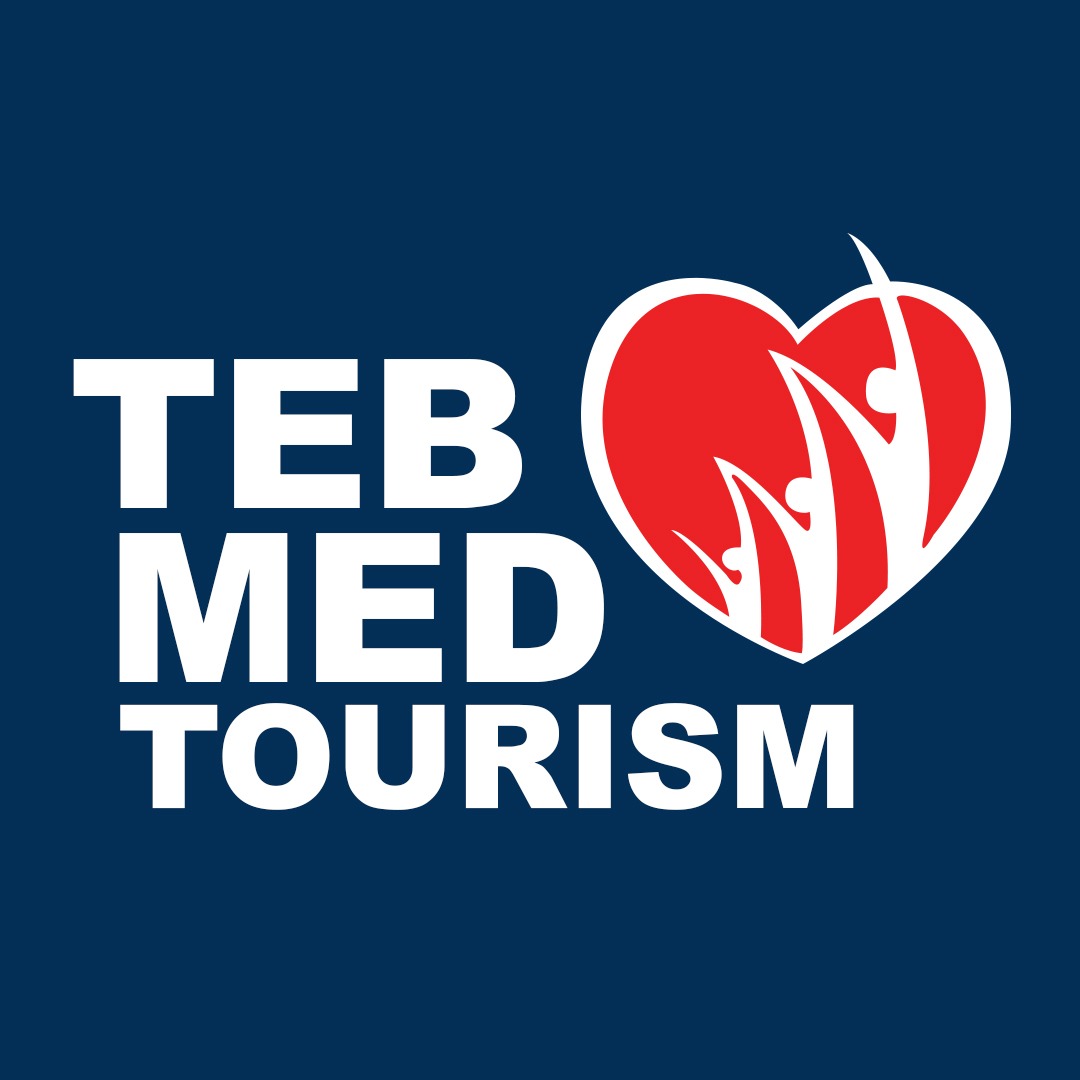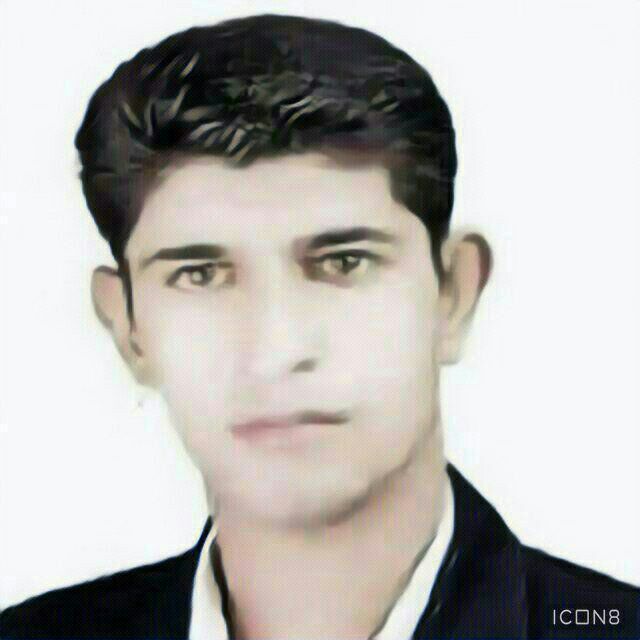https://persianblog.ir/home
The tests you’ll need to diagnose your heart disease depend on what condition your doctor thinks you might have. No matter what type of heart disease you have, your doctor will likely perform a physical exam and ask about your personal and family medical history before doing any tests. Besides blood tests and a chest X-ray, tests to diagnose heart disease can include:
- Electrocardiogram (ECG). An ECG records these electrical signals and can help your doctor detect irregularities in your heart’s rhythm and structure. You may have an ECG while you’re at rest or while exercising (stress electrocardiogram).
- Holter monitoring: A Holter monitor is a portable device you wear to record a continuous ECG, usually for 24 to 72 hours. Holter monitoring is used to detect heart rhythm irregularities that aren’t found during a regular ECG exam.
- Echocardiogram: This noninvasive exam, which includes an ultrasound of your chest, shows detailed images of your heart’s structure and function.
- Stress test: This type of test involves raising your heart rate with exercise or medicine while performing heart tests and imaging to check how your heart responds.
- Cardiac catheterization: In this test, a short tube (sheath) is inserted into a vein or artery in your leg (groin) or arm. A hollow, flexible and longer tube (guide catheter) is then inserted into the sheath. Aided by X-ray images on a monitor, your doctor threads the guide catheter through that artery until it reaches your heart.
- The pressures in your heart chambers can be measured, and dye can be injected. The dye can be seen on an X-ray, which helps your doctor see the blood flow through your heart, blood vessels, and valves to check for abnormalities.
- Cardiac computerized tomography (CT) scan: This test is often used to check for heart problems. In a cardiac CT scan, you lie on a table inside a doughnut-shaped machine. An X-ray tube inside the machine rotates around your body and collects images of your heart and chest.
- Cardiac magnetic resonance imaging (MRI): For this test, you lie on a table inside a long tube-like machine that produces a magnetic field. The magnetic field produces pictures to help your doctor evaluate your heart.



 Follow-up after Rhinoplasty
Follow-up after Rhinoplasty کاشت مو و روش های پیوند موی طبیعی
کاشت مو و روش های پیوند موی طبیعی جراحی زیبایی بینی
جراحی زیبایی بینی